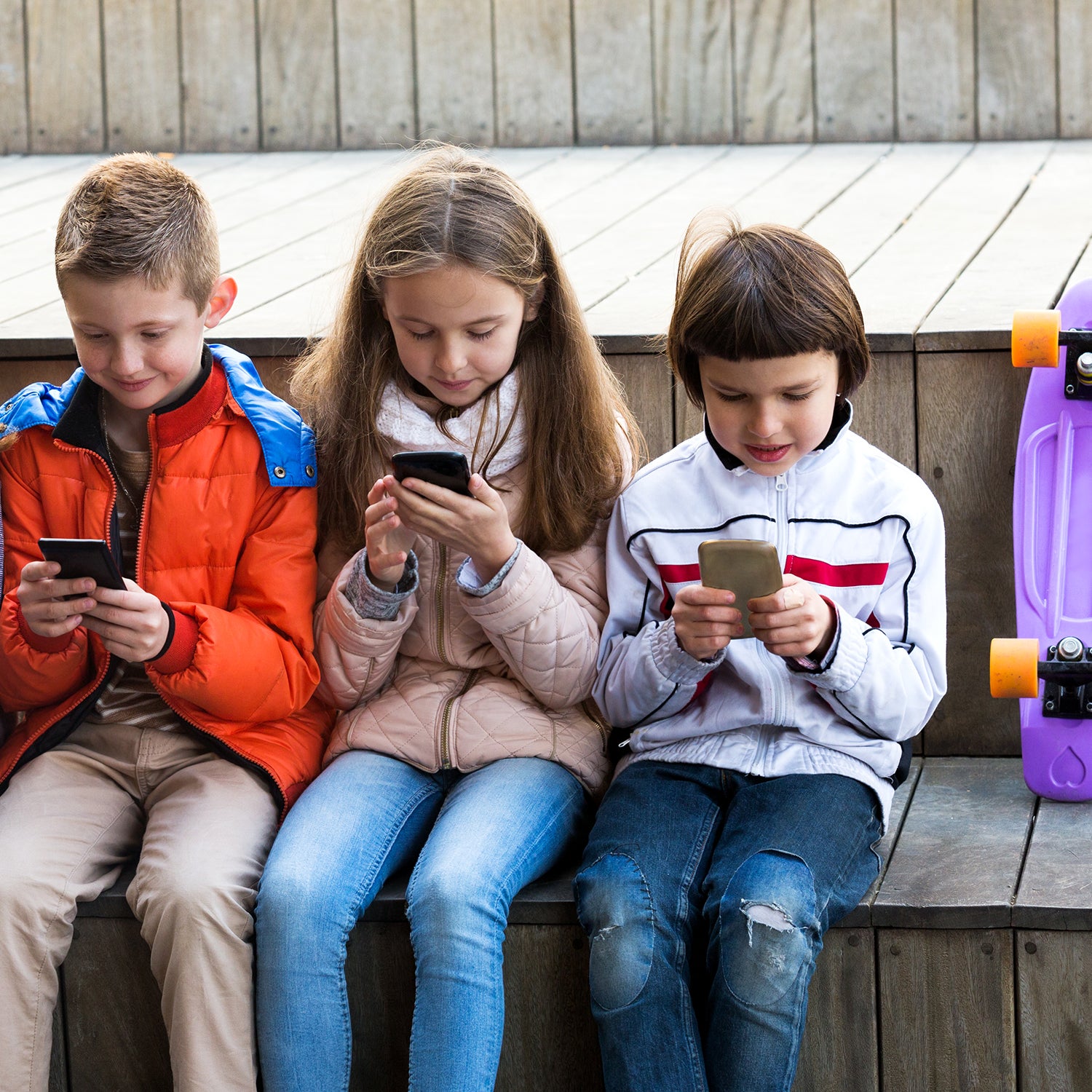The smartphone backlash is in full swing. Last week, the Center for Humane Technology, an organization founded by former tech execs, that it was launching an ad campaign called Truth About Tech. The goal: shift the culture from one that’s tied to its screens to one that understands just how dangerous all that screen time can be. “Tech companies are conducting a massive, real-time experiment on our kids, and, at present, no one is really holding them accountable,” said James Steyer, founder of , an organization working on the campaign with the Center for Humane Technology, in .
The campaign will specifically focus on kids to educate them on just how harmful our devices can be. According to the press release, one researcher found that eighth graders who are heavy users of smartphones and social media are “56 percent more likely to say they are unhappy; 27 percent more likely to be depressed; and 35 percent more likely to have a risk factor for suicide.”
And despite federal regulations requiring youth to be 17 years old to open a social media account on YouTube and 13 on Facebook, Instagram, and Snapchat, marketing firm Influence Central’s found that 39 percent of kids get their first social media account at age 11.
The organizations aren’t alone in thinking it’s past time for a significant shift in the way we think about technology. On January 8, two major Apple investors warning of the dangers of tech addiction among youth and pressing the company to create stronger parental controls on iPads and iPhones, citing studies that link the use of electronic devices with higher risk factors for suicide. On January 30, the Campaign for a Commercial-Free Childhood filed a petition to Facebook CEO Mark Zuckerberg, urging the company to discontinue Messenger Kids, a social media app designed . And last June, Colorado announced a ballot initiative to ban the sales of smartphones children under age 13; if the measure gets the 100,000 signatures needed to appear on the ballot in 2018, it will be the first such age limitation on cellphones in the country.
The problem, as the Center for Humane Technology sees it, is that social media and smartphones are designed to hook us with a mix of instant gratification, insecurity, and vicarious thrills—sort of like Doritos’ irresistible ratio of salt to sugar. In our mad quest for on-demand entertainment and validation via likes and shares, it’s almost impossible to stop even if we wanted to. The result is a system that demands our captive attention 24/7, increases stress and anxiety, puts a premium on virtual relationships and not real ones, and distorts our sense of reality. In the open letter to Apple, the authors cited a study finding that 50 percent of teens with smartphones reported feeling “addicted” to their devices.
“I would avoid the word ‘addictive,’ because it has a very specific meaning, but the technology can be habit forming,” says Larry Magid, founder of the Silicon Valley–based nonprofit Connect Safely. “Social media can create compulsive behavior. It’s the surprise factor, like opening a box of Cracker Jacks. You don’t know what you are going to find. There’s always a chance that something great is going to happen—maybe you’ll get likes or an email. And there’s also the fear of missing out on what your friends are doing and what people are saying.”
The Center for Humane Tech offers easy workarounds for reducing the addictive allure of smartphones: Convert your home screen from bright, seductive colors to grayscale (find it in the Settings menu); turn off all notifications except from real humans; edit your home screen so it shows only the essentials and launch all other apps by typing into the search bar. The extra step will make you pause and decide if it’s really worth your time.
One of the best tricks, though, is something the center left off its list: simply going outside to play, every day, and whenever possible. Our daughters know that when we leave town for a long weekend hut trip or a river trip in the backcountry, there’s no option for screens or Wi-Fi. After school, we ride bikes. TV watching is limited to one hour after school on Friday afternoons (still way less than the hour a day my sister and I were allowed to gorge on Three’s Company and Little House on the Prairie). They’re always fussier with each other and with us after they watch TV and happier when they’re building forts in the arroyo. If I have to choose between keeping them busy—possibly too busy—and letting them idle in front of a screen, I’ll choose activities every time.


